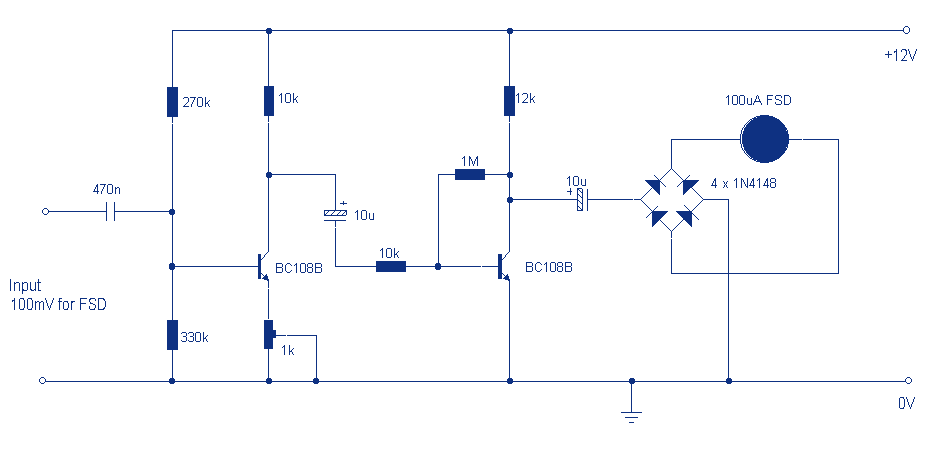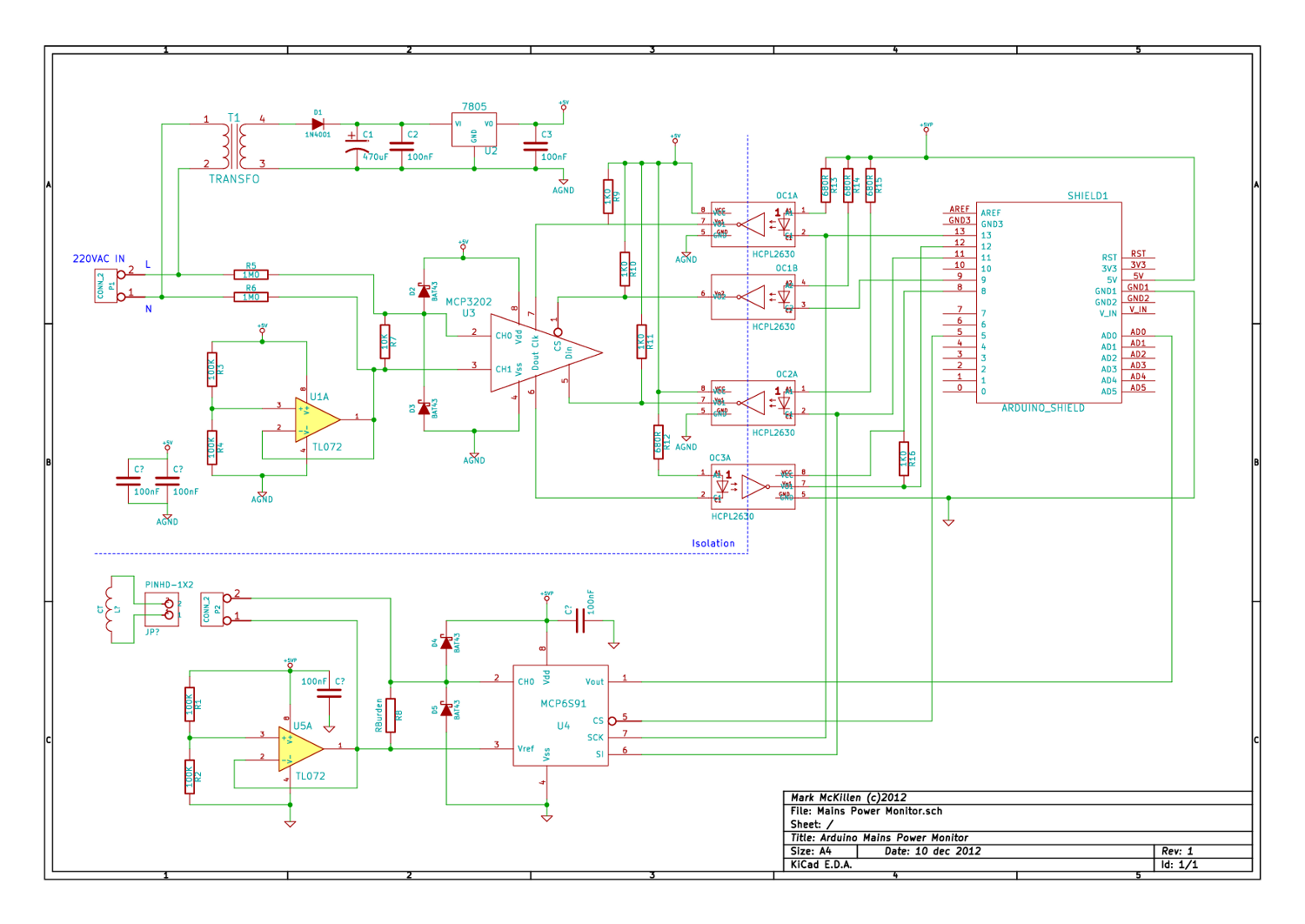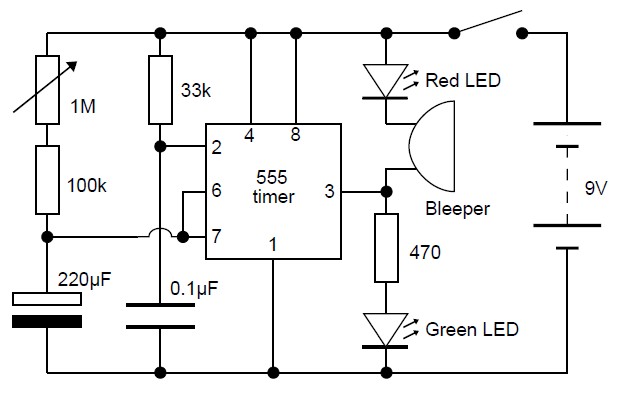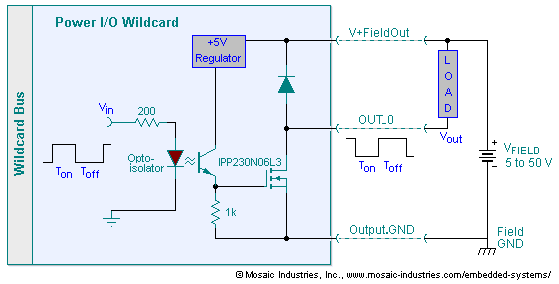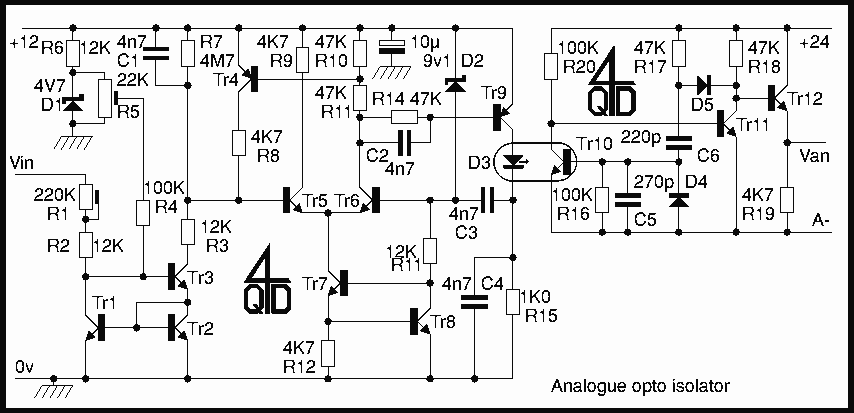
OPTICALLY ISOLATED ANALOG MULTIPLEXER

The circuit provides three channels of optically isolated input suitable for various precision signal-acquisition applications. It operates using a single 15-V power rail with a ground common to the analog-to-digital converter. The multiplexer functions through a standard quad-channel optoisolator (PS2501-4). Each LED in the configuration, such as E1, is utilized for signal transmission.
This circuit design is particularly advantageous for applications requiring high precision and electrical isolation between the input signals and the processing circuitry. The use of the PS2501-4 optoisolator enables effective isolation, ensuring that high-voltage or noisy signals do not interfere with the sensitive analog-to-digital conversion process.
The circuit comprises three distinct input channels, each employing an LED from the optoisolator to transmit signals. The optoisolator's phototransistor receives the light emitted by the LED, allowing for the corresponding electrical signal to be transmitted to the output side. This configuration minimizes the risk of ground loops and protects the analog-to-digital converter from potential overvoltage conditions.
To implement the circuit, the 15-V power supply is connected to the anodes of the LEDs, while the cathodes are connected to the input signals. Each input signal can be selectively routed through the multiplexer, allowing for the desired channel to be activated while the others remain inactive. This selective operation is controlled by the multiplexer’s select lines, which dictate which LED is illuminated, thereby controlling the corresponding phototransistor.
The output from the phototransistors is then fed into the analog-to-digital converter, where the isolated signals can be accurately processed. This design not only enhances signal integrity but also improves the overall reliability of the data acquisition system by ensuring that the sensitive components are shielded from potentially damaging voltages present at the input stage.
In summary, this circuit design is an effective solution for applications requiring robust signal isolation and precision, leveraging the capabilities of optoisolators to maintain signal fidelity while safeguarding the analog processing components.The circuit described here provides three channels of optically isolated input that will work for many precision signal-acquisition applications. The only power required is a single 15-V rail with ground common to the analog-to-digital converter. Multiplexer operation is based on an ordinary quad-channel optoisolator (PS2501-4). Each LED (such as E1) in comb.. 🔗 External reference
This circuit design is particularly advantageous for applications requiring high precision and electrical isolation between the input signals and the processing circuitry. The use of the PS2501-4 optoisolator enables effective isolation, ensuring that high-voltage or noisy signals do not interfere with the sensitive analog-to-digital conversion process.
The circuit comprises three distinct input channels, each employing an LED from the optoisolator to transmit signals. The optoisolator's phototransistor receives the light emitted by the LED, allowing for the corresponding electrical signal to be transmitted to the output side. This configuration minimizes the risk of ground loops and protects the analog-to-digital converter from potential overvoltage conditions.
To implement the circuit, the 15-V power supply is connected to the anodes of the LEDs, while the cathodes are connected to the input signals. Each input signal can be selectively routed through the multiplexer, allowing for the desired channel to be activated while the others remain inactive. This selective operation is controlled by the multiplexer’s select lines, which dictate which LED is illuminated, thereby controlling the corresponding phototransistor.
The output from the phototransistors is then fed into the analog-to-digital converter, where the isolated signals can be accurately processed. This design not only enhances signal integrity but also improves the overall reliability of the data acquisition system by ensuring that the sensitive components are shielded from potentially damaging voltages present at the input stage.
In summary, this circuit design is an effective solution for applications requiring robust signal isolation and precision, leveraging the capabilities of optoisolators to maintain signal fidelity while safeguarding the analog processing components.The circuit described here provides three channels of optically isolated input that will work for many precision signal-acquisition applications. The only power required is a single 15-V rail with ground common to the analog-to-digital converter. Multiplexer operation is based on an ordinary quad-channel optoisolator (PS2501-4). Each LED (such as E1) in comb.. 🔗 External reference
